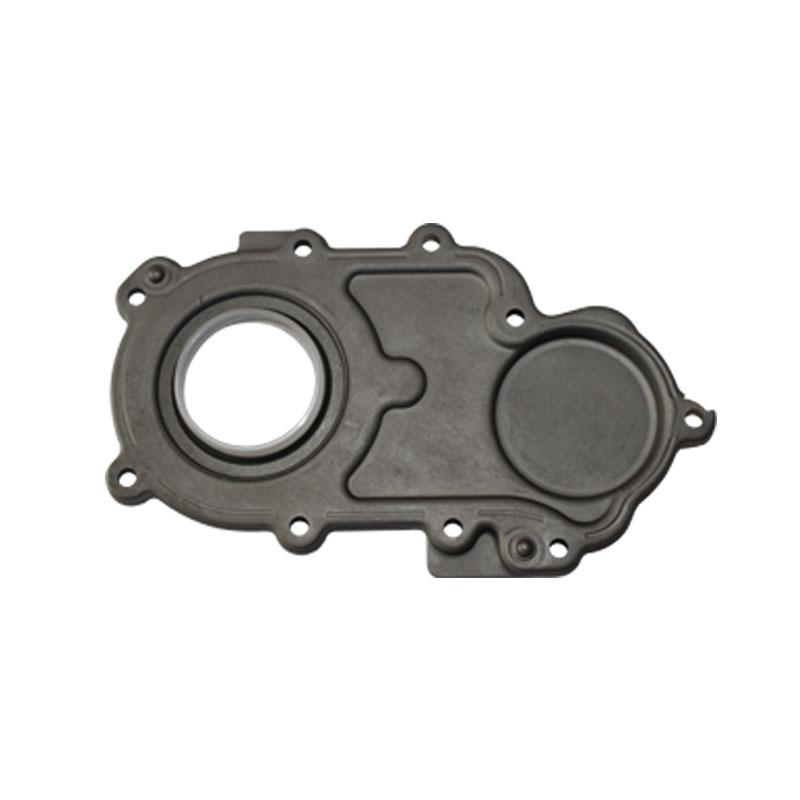oil cooler 7.3 powerstroke gasket
Understanding the Importance of the Oil Cooler Gasket in the 7.3 Powerstroke Engine
The Ford 7.3 Powerstroke diesel engine, celebrated for its durability and performance, is a favorite among truck enthusiasts and heavy-duty vehicle owners. Among the various components that contribute to the efficiency and longevity of this engine, the oil cooler gasket holds significant importance. This article delves into the function of the oil cooler gasket, the common issues associated with it, and maintenance tips for 7.3 Powerstroke owners.
What is the Oil Cooler Gasket?
The oil cooler gasket is a vital component of the oil cooling system in the 7.3 Powerstroke engine. Its primary function is to create a seal between the engine oil cooler and the engine block, ensuring that oil flows efficiently without leaks. The oil cooler itself helps to regulate the engine's temperature by cooling the oil that circulates through the engine, thereby preventing overheating and maintaining optimum operating conditions.
Function of the Oil Cooler Gasket
The oil cooler gasket is designed for a high-pressure environment. As the engine runs, the oil is pumped through the oil cooler, which helps dissipate heat. The gasket prevents any leakage of oil that might happen due to the high pressures and temperatures involved. A well-functioning oil cooler gasket contributes to the overall health of the engine, ensuring that it operates efficiently and effectively.
Common Issues
Over time, the oil cooler gasket can wear out due to prolonged exposure to heat and pressure. This deterioration can lead to several problems, including
1. Oil Leaks One of the most noticeable signs of a failing oil cooler gasket is an oil leak. If you notice oil pooling under your vehicle or a decrease in oil levels, it could indicate that the gasket is compromised.
2. Coolant Mixture A blown gasket may allow oil and coolant to mix, leading to oil contamination. This can severely damage your engine, as oil performance is hindered when it contains coolant.
3. Overheating The oil cooler plays a crucial role in temperature regulation. If the gasket is damaged, it could lead to a rise in engine temperature, which can cause significant engine damage over time.
oil cooler 7.3 powerstroke gasket

Maintenance Tips
To ensure the longevity of your oil cooler gasket and overall engine health, consider the following maintenance tips
1. Regular Inspections Frequently check for signs of oil leaks or coolant mixing with oil. Early detection can save you from more extensive repairs down the line.
2. Coolant and Oil Changes Follow a regular schedule for changing your engine oil and coolant. Fresh fluids help to maintain optimal performance and reduce the risk of overheating.
3. Monitor Engine Temperature Keep an eye on your vehicle’s temperature gauge. If you notice any fluctuations or consistent overheating, it may be time to inspect the oil cooler gasket.
4. Use Quality Parts When replacing the oil cooler gasket, always use high-quality parts that meet or exceed OEM specifications. This ensures a proper fit and longevity.
5. Seek Professional Help If you’re hesitant or unsure about inspecting or replacing the oil cooler gasket yourself, it's advisable to consult a professional mechanic who has experience with the 7.3 Powerstroke engine.
Conclusion
The oil cooler gasket in your 7.3 Powerstroke diesel engine may seem like a minor component, but it plays a critical role in maintaining engine performance and health. By understanding its function, recognizing potential issues, and adhering to regular maintenance practices, you can prolong the life of your vehicle and enjoy the robust performance that the Powerstroke engine has to offer. Always remember, prevention is better than cure; investing time in maintenance can save you from costly repairs and keep you on the road longer.
-
The Ultimate Guide to Car Repair Kits: Tools and Essentials Every Driver Should Own
News Aug.01,2025
-
The Complete Guide to Oil Pan Gaskets: Sealing Engine Leaks the Right Way
News Aug.01,2025
-
Preventing Oil Leaks: A Complete Guide to Oil Pan Gaskets and Drain Seals
News Aug.01,2025
-
Everything You Need to Know About Oil Pan Gaskets and Drain Plug Seals
News Aug.01,2025
-
Essential for Car Owners: How to Use a Car Repair Kit to Deal with Minor Breakdown
News Aug.01,2025
-
Comprehensive Guide to Engine Oil Sump Gaskets and Related Seals
News Aug.01,2025
-
The Ultimate Guide to Boat Propeller Bearings and Trailer Wheel Bearings
News Jul.31,2025
Products categories















